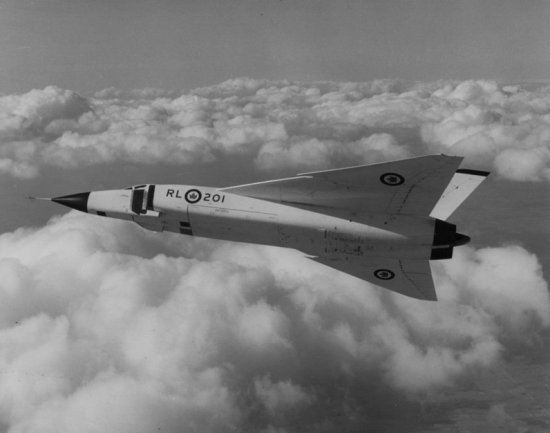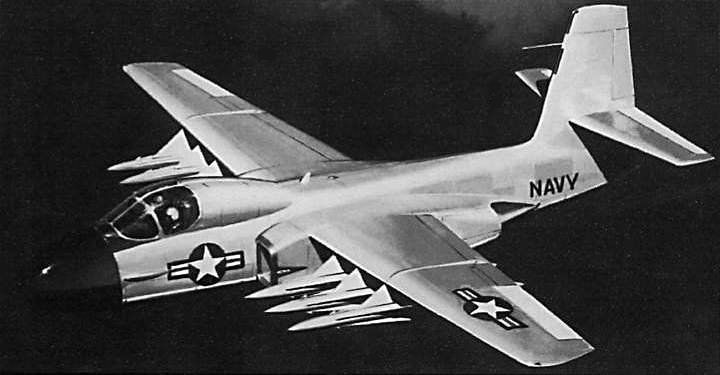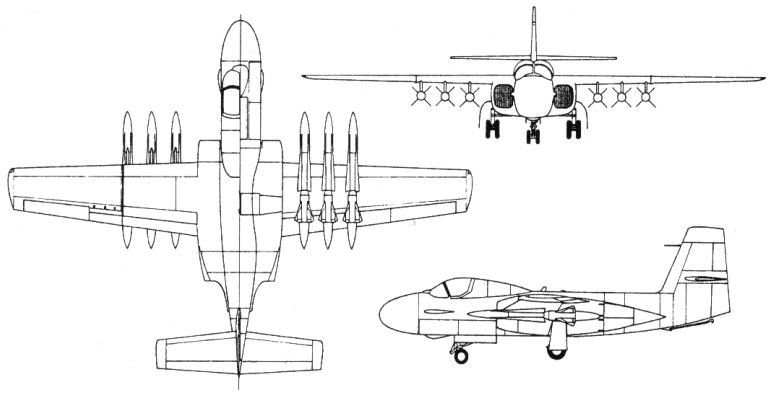So as my good friend Steel Jaw reported this past
Friday was his 26th anniversary. I applaud him for it and wish him another twenty six years of happiness and bliss.
Meanwhile I have proposed to the future Mrs Pirate. We have set a date for November 2008 to join in happy matrimony, which should make it easy for me to remember. So now it is settling on the church, reception site, hotel for all the out of town guests, a potential after party place, the rings, dresses, etc. All of which seem to want me to open my wallet up and just dump the cash out till they say stop.
I have already decided that I am going to sport my dress blues with my medals for the ceremony.

So I don't need to spend any money on a tuxedo or a suit. I just think it is going to look cool. The most that I am going to have to spend on my uniform is taking it to a cleaner and getting the white pipping around the sleeves and the back flap cleaned up and looking its brightest white. The other thing that I am going to have to do is buy all my medals again, get them mounted and buy a ribbon bar for the awards that I have which don't have a resulting medal. That will suck up some cash out of my wallet. No big worries about that because even though I am a minor war hero, there isn't that much money to get my medals and ribbons mounted.
It seems that the next place that wants to suck money from me is the House of God that I want to have the ceremony to occur in. I was born and raised as a Methodist . For a while though I fell out with following the church and am just coming back to attending services. One of the first things we started to look was a Methodist church in Seattle area (since that is where we decided to have the whole event). A couple of churches we looked at couldn't fit us into their schedule in November. No issue, since we had about ten churches selected. A church we talked to near the U of Washington mentioned that they would do the ceremony for us. Yet when it came to the price list it seemed to be an À la carte style. We could rent the sanctuary for five hundred bones, but to add the padre was an additional hundred dollars, If you want to use your own padre well that will be seventy five dollars, oh you want to use the speaker system that is an additional seventy five dollars, one of our notaries could be on station to sign the paperwork for the state for an additional fifty dollars. At the end of the running list of charges I felt as if should of
been in front of a fast food restaurant counter and being asked if I wanted fries with all that. We found one that offered a package deal it was a cool thousand dollars for the sanctuary, padre, sound system, organist, and the ability to get the paperwork signed for the state. However, as it came time to sign the deal they shut us down do to party politics differences ,can people separate the job I have chosen to do from their disagreement of modern politics? So now we are searching non-denominational Christian Churches for a place to have the event occur.
She decided on a pretty cool reception site located down near a lake which has a nice view of downtown Seattle and has a very artsy antique styling on the inside. The downside is they are charging about six thousand dollars for a four hour block and every hour we go past the allotted block is an additional thousand dollars. I understand from looking around at other places six thousand dollars is a good price, and yet I still feel as if I am being ripped off. Since if I want to add alcohol to the reception I need to procure a separate liquor license then pay for an additional bartender. Some of the other reception sites that I have talked all ready had a liquor license already built in to the package deal. It isn't a big deal for me to have a liquor license since both me and the misses don't drink, having already decided to make it an alcohol free event.
We have now spent time looking at photographers some of them have different rates depending on the time of day or even location. There was one guy who charged more to do it at a park that was across the street from his studio. When cornered it was simply the hassle of lugging some of his equipment out there. I just stood there with my jaw on the floor with the audacity of him charging an additional fifty dollars to lug an extra flash light and camera across the street to a park for engagement photos, then to try and say we would be discounted if he did our wedding as well. We finally signed with a engagement and wedding photographer this weekend.
Overall it has been really frustrating for us to try and stay with in a budget that doesn't thrown us into debt so far that we are paying for the wedding, by the time that our first born is looking at college. Yet it seems that every time I sit there on the phone making arrangements to talk to people and schedule some of these important steps that are involved with properly executing a wedding are driving the budget into funding a small nation's economy level. I think I literal hear the cash registers ring in the background the minute I talk with someone about quotes for services. When the question about why the services are asked about, I then mention for a wedding it appears the quote changes again to standard rate plus whatever they think they can get.
It feels as well when I try to make decisions about some of these services the final thought that is dangled in front of me is the "You want this to be special right? Well you need me!" line. I am so tired of the wedding hustle that I think when I get out of the Navy, I might just start to offer to be a wedding package seller. Sell everything as a pre-packaged deal so that all someone has to do is call me up sign the contract, write one check (or make one credit card swipe), give me the guest list and you can go on to planning the honeymoon, combining the household, etc. Then just just show up on the proper date and time in dress of choice. Who knows, I might be able to rack in buckets of money in this wedding racket by doing this?
Labels: Marriage, Personal life, Southern Air Pirate

 in the
in the
 desert to be stored at the Military Aircraft Storage and Disposition Center on Davis Monthan AFB. Production stopped at Bethpage on the Tiger in 1959 and only 200 airframes were built.
desert to be stored at the Military Aircraft Storage and Disposition Center on Davis Monthan AFB. Production stopped at Bethpage on the Tiger in 1959 and only 200 airframes were built. 




























